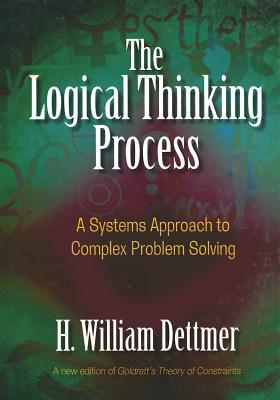What do you think?
Rate this book


444 pages, Hardcover
First published August 31, 2007
There is nothing more difficult to carry out, nor more doubtful of success, nor more dangerous to handle, than to initiate a new order of things - Niccoló Machiavelli